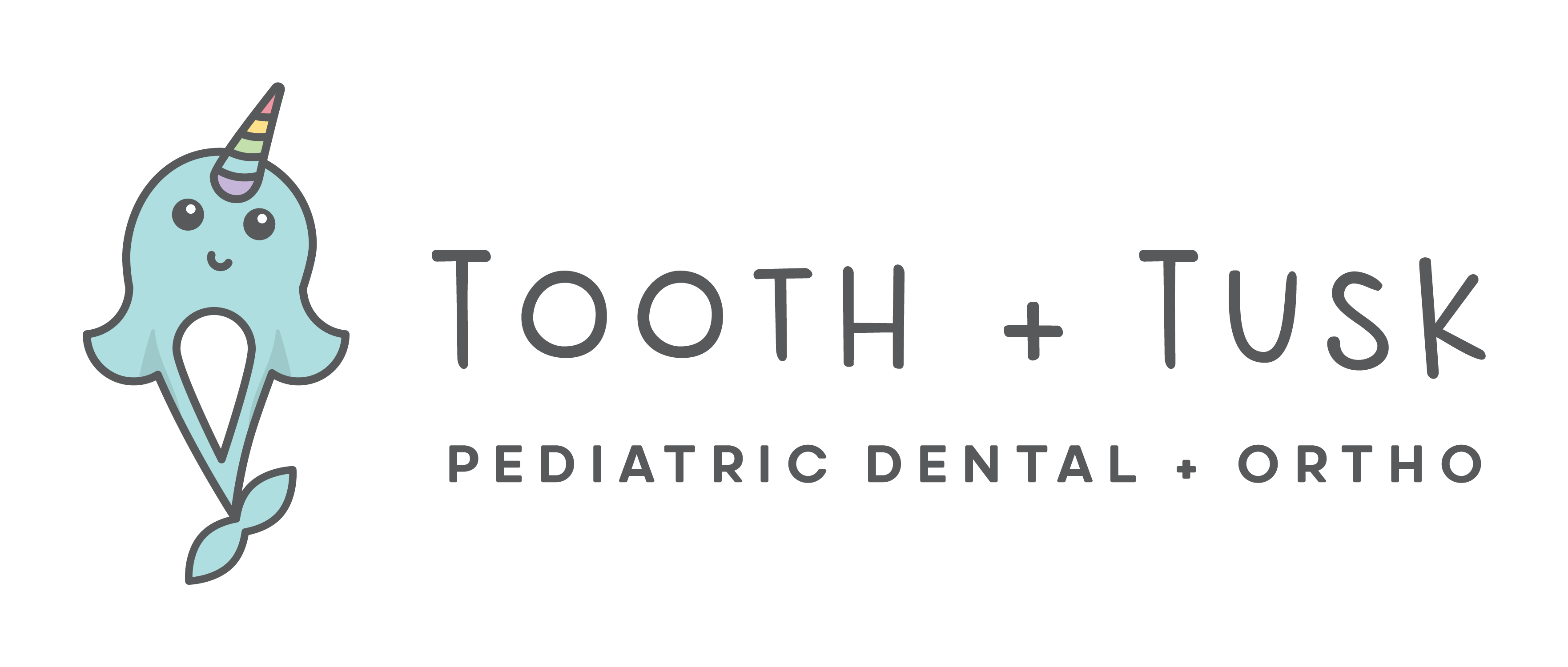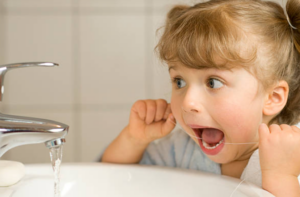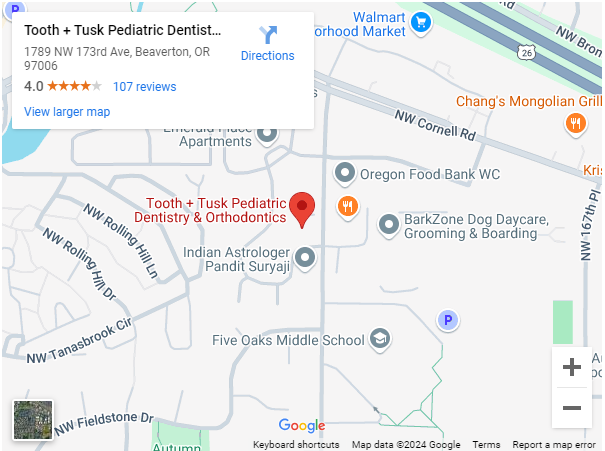Teaching good dental hygiene practices to your children early on can be difficult, but early prevention and good habits can help to ensure a life-long healthy and happy smile. As adults, we know the importance of flossing our teeth regularly, but what about your children? Though their first set of teeth may be temporary, it is still important that your child flosses his or her teeth at least once a day as part of their oral healthcare routine.
Why is Flossing Important?
Even if your child brushes his or her teeth multiple times a day and uses a mouthwash, a toothbrush only removes plaque buildup from the surface of teeth and mouthwash doesn’t scrub at those stubborn areas between teeth and underneath the gum line the way floss can. Without flossing, particles of food and plaque will harden into tartar, which can only be removed by a dentist with professional equipment. Left untreated, tooth decay may occur leading to gum inflammation. In severe cases, cavities may develop, and gum inflammation may progress into gum disease which may eventually lead to tooth or bone loss in the mouth.
Flossing is essential in removing leftover food and plaque buildup, and by cleaning between your child’s teeth, you can lower the risk of developing cavities, bad breath, tooth decay, gum disease, and other dental troubles.
What Age Should My Child Start Flossing?
Once your child has at least two teeth touching one another, it is time to start flossing! Parents should begin flossing their child’s teeth around the age of 2 or 3 once baby teeth begin to emerge. Most children will need help flossing until they can do so on their own around the age of 10. We recommend parents still check on older children who floss on their own regularly to ensure they are flossing properly.
Flossing Your Child’s Teeth
It is best to start slow and set realistic expectations as you begin to floss your child’s teeth. Start with easy to reach areas of the mouth and only floss a couple of teeth at a time. Work on adding more teeth each time until you can floss the whole mouth in one sitting. This makes the activity less stressful for both parent and child as flossing is slowly introduced without being overwhelming.
We recommend using waxed, wide, flat dental tape or floss for your children’s teeth. The width and wax of these types of floss are sometimes easier for children’s mouths. Flossing aids and alternative tools such as water flossers and interdental brushes are also available, but you should consult with your child’s dentist before purchasing as some may not be right for your child’s needs or as effective in cleaning as traditional floss.
How to Floss
- Pull out about 18 inches of floss, wrapping the ends around your fingertips for better control.
- Gently slide the floss between teeth, being careful not to apply too much pressure on the gums. Bleeding may occur if your child hasn’t flossed in some time and can be a sign of gum inflammation. As you continue to floss your child’s teeth, the swelling in the gums should subside and no longer bleed.
- Curve the floss around each tooth and rub it up and down to scrape away plaque.
- Avoid sawing motions with the floss and remember to floss both sides of the teeth and gently beneath the gum line. We recommend spending about 10 seconds on each side.
- When you’re done, throw away the used floss
We understand teaching a child to floss can be a challenge and we have some tips on how to make the process easier:
- Allow your child to pick out floss or floss threaders that are comfortable and practical for your child’s age. This can help to make flossing fun, personal, and interesting.
- Consider offering rewards for flossing each week or every other week. Immediate, tangible, non-food rewards are best such as stickers, small toys, or a book.
- Make flossing something you do together as a family.
- Use music or a favorite song to make the activity fun.
It’s important to begin teaching your children proper dental hygiene at an early age to protect their smiles and ensure they stay healthy as they grow. Begin flossing daily when your child’s baby teeth have grown in and sit closely together. Use these tips to make the process easier. If you are nervous about flossing your child’s teeth or need help, our team can demonstrate various flossing types and methods. We will work with you to find the one that works best for your child’s smile. For more information on flossing or to schedule an appointment, contact Tooth + Tusk Pediatric Dentistry & Orthodontics today.


